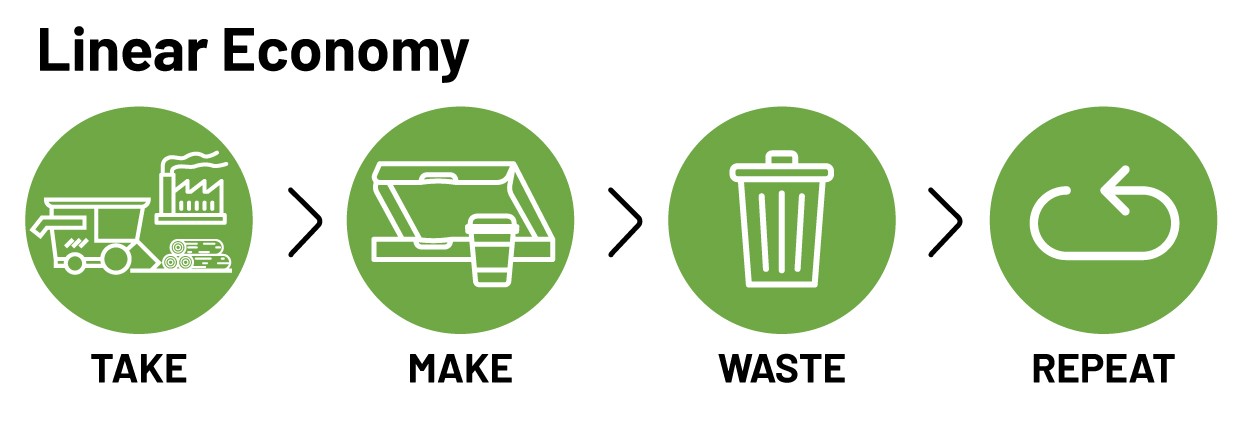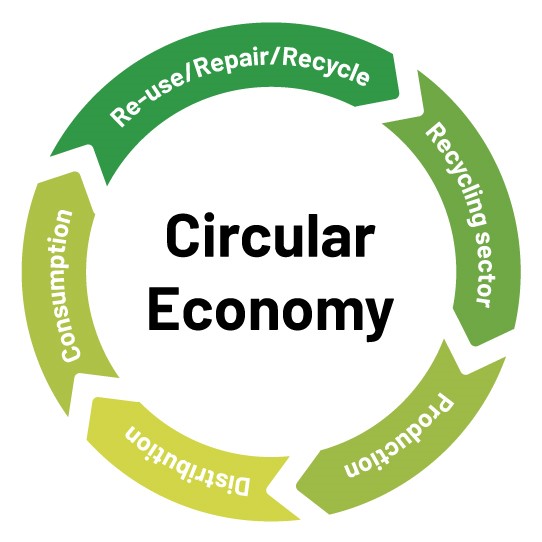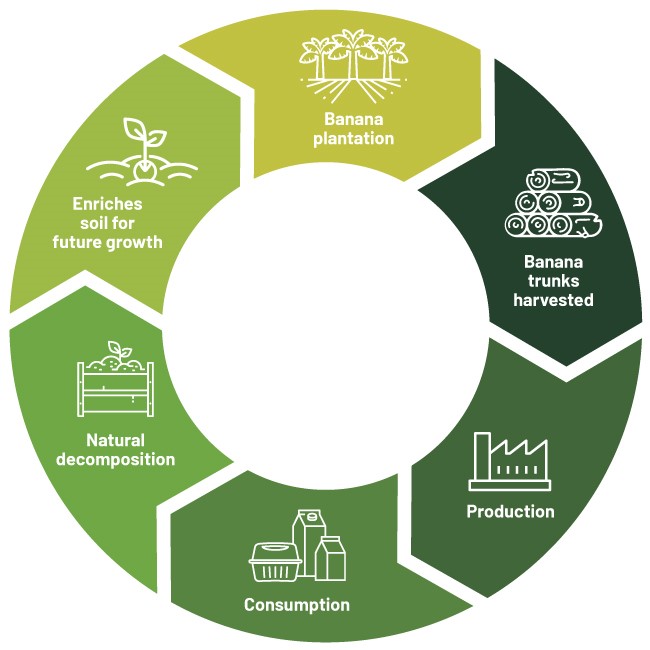How can the food packaging industry adapt to a circular economy model?
We are living in the midst of a throwaway economy.
It’s an economy dominated by a linear approach to consumption: take, make, waste, repeat. This can be observed both in the way we consume products, according to our ‘throwaway and replace’ culture and in the way we package those products.

Operating under this model, we consume an unnecessarily high amount of limited resources and produce a staggering volume of waste. This has only further been heightened during the last 18 months as we navigate a global health pandemic.
It is widely accepted that we use a lot of natural resources, energy and water in the production of packaging.
According to Environment Victoria, over the last 30 years we’ve doubled the amount of natural resources we use in packaging in Australia (per capita) including aluminium, tin, steel, sand (for glass), and trees (for paper and cardboard).
When you consider that we throw most of that packaging away after just one use, this is a huge waste of natural resources.
What is a circular economy?
A circular economy is one that seeks to ‘close the material loop’ thereby maintaining the value of materials while minimising waste, raw material and energy usage.

Our natural world is the perfect example of a circular economy where materials and energy flow from one area to another in a way that does not produce waste. Energy is sourced from the sun, one organism produces waste that feeds another, animals and plants grow and eventually die returning nutrients to the soil, in turn promoting new growth.
It’s a circular economy as old as time, and one that we need to learn from to move away from our current linear economy.
How can the food packaging industry adapt to a more circular economy?
Due to its high volumes of production, and often single or short usage, food packaging is the source of rising concern in Australia with its negative impacts on the environment. Of course, some level of food packaging is always going to be necessary in order to enable the storage, handling, transport, and preservation of food, but we have come so far in some ways, such as grocery bags, but taken steps backwards in others.
Recycling is often touted as the answer to minimising the environmental impact of food packaging. While it is an important factor in the overall solution to food packaging waste, it does have some limitations. First, recycling processes use additional resources such as energy and water.
Secondly, recycling processes also often use harmful chemicals and may increase the level of hazardous chemicals in the packaging.
Reuse of packaging is another common solution to move to a more sustainable model, however in the case of food packaging, reuse is only commercially feasible for packaging that can easily be cleaned and refilled.
While both are important, these solutions have clear shortcomings and only address the end symptom of food packaging waste, not the cause. In order to find a more sustainable solution, we need to go back to the beginning of the cycle and redesign how we make food packaging, with a focus on renewable, sustainable and compostable materials.
The Papyrus solution
Papyrus Australia is the developer of a sustainable technology that converts waste banana tree trunks into fibre which can be used to replace wood and plastic based materials in products like food packaging, furniture and more.
Banana palm trunks are a by-product of banana production, meaning it’s a renewable source that is already grown in abundance. There are approximately 3,000 hectares of banana plantations in Australia and it is estimated that globally, banana plantations cover more than 10 million hectares, with approximately 2.2 billion tonnes of agri-waste created annually.

By harnessing this globally available agri-waste product in the production of food packaging, the environmental benefits are four-fold:
- banana trunks are a sustainable and renewable fibre source
- utilising a product which would otherwise have gone to waste, reduces the emission of methane gas from decomposing agri-waste, which is harmful to the environment
- Papyrus Australia Ltd.’s world-first, patented process of converting banana palm trunk into refined fibre is a zero waste and chemical free method, unlike many alternative recycling and production processes
- the banana fibre naturally decomposes in landfill.
It’s becoming increasingly clear that we need to rethink the operating system we live by, and nowhere is this more apparent than in the food packaging industry – a major contributor to pollution and increased waste.
It’s time we all came together – producers, businesses and consumers alike – to innovate and redesign a new circular economy, for a brighter, cleaner and greener future.